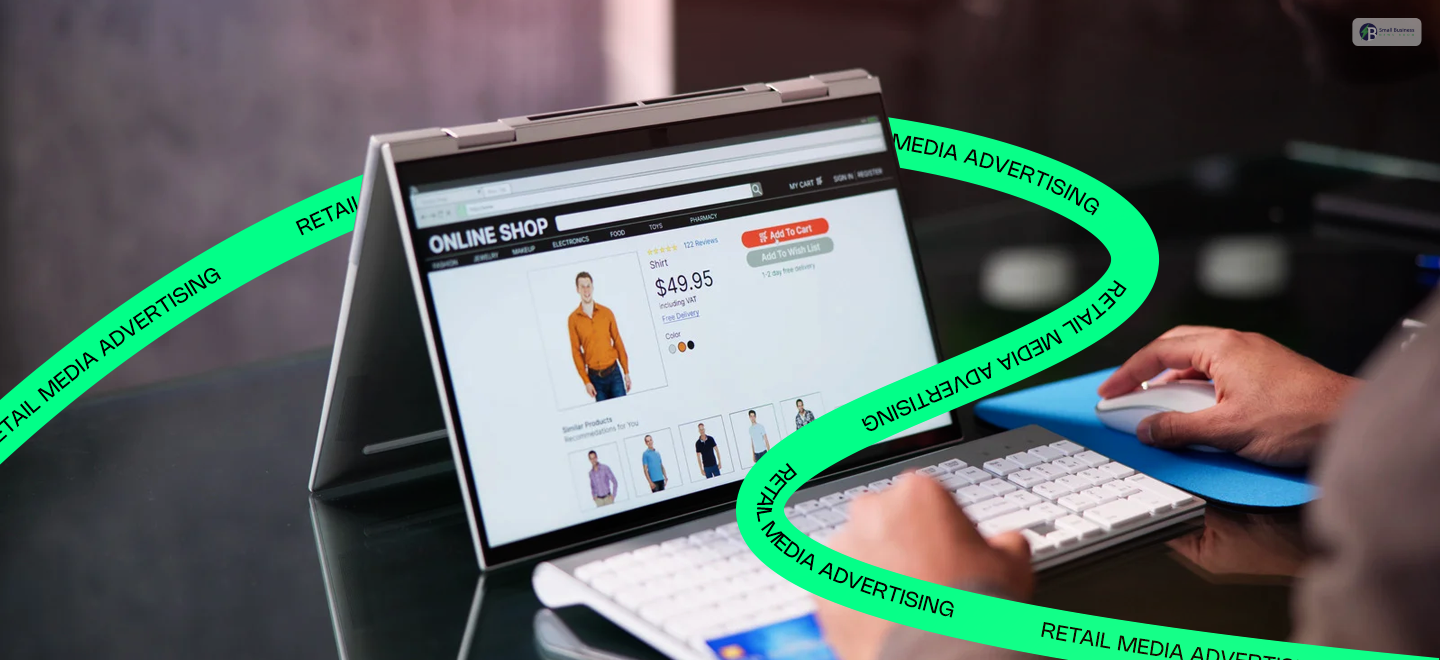Table Of Contents
- Why Retail Media Advertising is Critical for Marketers in 2025?
- Key Players in Retail Media Advertising
- 1. Amazon Ads
- 2. Walmart Connect
- 3. Target Roundel
- How Retail Media Advertising Works: The Mechanics Behind It!
- Best Practices for Successful Retail Media Campaigns
- Measuring Success: Key Metrics in Retail Media Advertising
- The Future of Retail Media Advertising
- Artificial Intelligence or AI
- Programmatic Advertising
- Omnichannel Retail Media
- Common Pitfalls to Avoid in Retail Media Advertising
- How to Get Started with Retail Media Advertising
- Frequently Asked Questions
Retail Media Advertising: The Next Frontier in Digital Marketing
Did you ever see the sponsored products that appear while you are shopping on Amazon or Walmart? That is retail media advertising! The latest trend in digital marketing is the strongest one at that.
Retail media has, through its direct link between advertising and the moment of the shopper’s purchase, connected brands and buyers.
By doing so, it is altering the face of marketing, making it more relevant and data-smart. In this blog, I am going to thoroughly discuss retail media advertising: what it is, how it works, and what its impact is on marketing as one of the largest change-makers today.
Why Retail Media Advertising is Critical for Marketers in 2025?

Retail Media Advertising has rapidly become one of the most impactful ways to communicate with customers.
Thus, the marketers in 2025 will not be able to overlook this! The retail media already sits at the center of the digital advertising strategy.
Not only that! Even eMarketer has already started spending on retail media in the US. This is further expected to reach around 62 billion dollars in 2025. This is almost a 20 percent increase over the previous year.
Hence, more than one-sixth of the entire digital ad spending comes from retail media. The reason is that the online shopping trend is gaining momentum!
Consequently, brands are trying to put their products in the most visible place where consumers are already willing to buy.
Modern buyers are expecting ads that are tailored and relevant to them, which is exactly what retail media is all about.
Retailers apply first-party customer data! This includes browsing habits, purchase history, and product searches.
These help to display highly targeted ads at just the right moment. This strategy allows marketers to achieve measurable results while protecting users’ privacy in a world where third-party cookies are being phased out.
Another major point that makes retail media critical is that it eliminates the barriers between branding and performance marketing.
Previously, companies ran awareness campaigns separately from conversion campaigns, but now they can run both on retail platforms. It is more efficient, more data-driven, and often yields better returns.
In a nutshell, retail media gives marketers the ultimate tool that every advertiser longs for: visibility that translates into genuine sales.
Key Players in Retail Media Advertising
The retail media industry has been evolving so rapidly that nearly every large retailer has its own advertising network.
However, there are still a few grand names that will be the most significant in the market in 2025. The platforms offer extensive data, a broad reach, and user-friendly tools that enable brands to establish direct communication with customers.
1. Amazon Ads
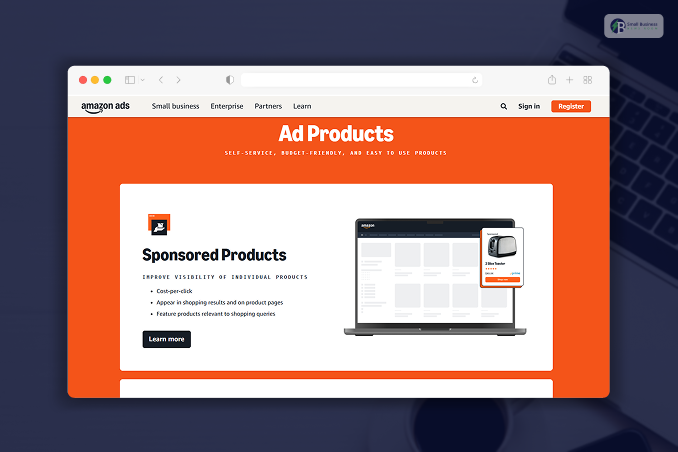
Amazon remains the largest retail media player, accounting for over 75 percent of the U.S. retail media market.
The ads appear in product descriptions, search results, and even on Alexa and Prime Video.
Pros: the widest net, great detail on purchasing data, and the best development, monitoring, and control of return on investment.
Cons: the number of people competing in the same area is huge, and quickly driving up the cost of ads, as soon as more brands enter the fight is also a risk.
2. Walmart Connect
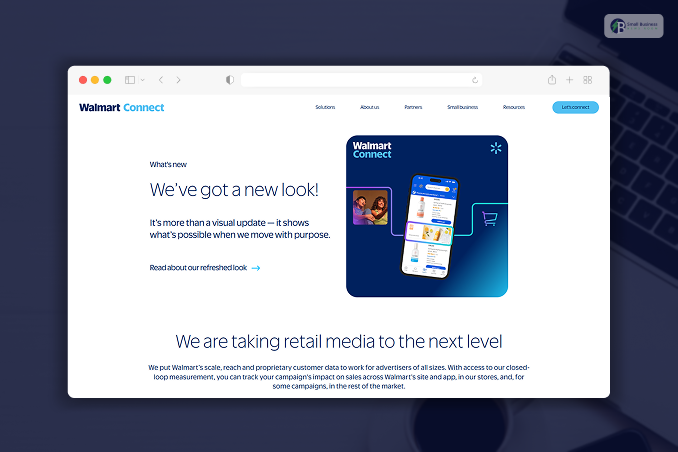
Walmart has about 240 million customers who purchase weekly from both the physical and the online stores.
Combines information from both physical and online stores for comprehensive funnel marketing.
Pros: the ability to tap into the data of all sales channels, very good visibility inside the retail stores, and the cost is less than that of Amazon.
Cons: Walmart has a smaller online customer base than Amazon.
3. Target Roundel
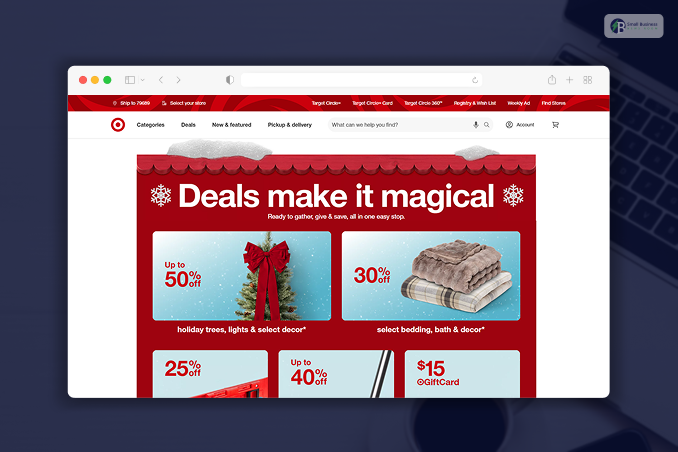
Aims to mix brand storytelling with the digital shopping experience.
Roundel provides ad placements across Target’s online store, mobile app, and partners’ websites.
Pros: the power of a strong brand image, consumer trust, and a variety of creative ad concepts.
Cons: Target’s global reach is limited when compared to other giants.
How Retail Media Advertising Works: The Mechanics Behind It!
What is the actual working of retail media advertising? It may sound complicated, but once you get to know what’s happening in the background, it is quite mighty.
Retail media revolves around first-party data at its core, the data that retail stores gather directly from their clients.
This data refers to the customer’s past purchases, search history, items saved in carts, and even shopping patterns in stores.
First-party data offers the upside of being accessible, accurate, and privacy-safe, unlike third-party cookies, which are already fading out.
Retailers to create advertising platforms on their sites or applications, providing brands with the opportunity to showcase their products through sponsored listings, banner ads, or even videos.
The brands acquire this advertising space either by directly dealing with the retailer or through DSPs (Demand-Side Platforms). This helps to automate, optimize, and decide where commercials will appear.
Customers are exposed to ads while browsing or buying, often alongside the products they’re viewing! This increases the likelihood of a sale. The ads’ performance is evaluated based on impressions, clicks, and conversions.
To summarize, retail media empowers every online retailer to become a small ad network, combining the worlds of shopping and marketing into a seamless experience.
Best Practices for Successful Retail Media Campaigns
Mounting a retail media campaign is not merely a matter of ad placement; it is all about knowing how to get those ads to do the trick more intelligently.
In 2025, the winning combination is a mixture of imagination, numbers, and strategy.
Retail media pumpkins are so generous with you that they will give you not only the pros but also the cons, along with the best practices to help you get the most out of your retail media efforts:
- Get to know your audience: Retailer data can help you zero in on the most likely buyers. It is possible to segment audiences by shopping habits, favorite products, and even thriftiness.
- Selection of the proper ad format: Sponsored product ads ensure that the product gets seen, while display or video ads tend to make the brand known. Go for the type that fits your campaign objective.
- Utilize compelling product names and visuals: Ad copy, along with high-quality images and keywords, will ensure that your ads get noticed amidst the competition in the marketplace.
- Experiment and improve continually: Evaluate campaign effectiveness by relying on click-through rates and conversion data. A little change can lead to a big gain.
- Make the most of seasonal trends: Retail media networks are all about the optimum time! Schedule your campaigns around large-scale sales events such as Prime Day, Black Friday, or school opening seasons.
The retail media path to success consists of being adaptable, data-driven, and shopper-centric at every turn.
Measuring Success: Key Metrics in Retail Media Advertising
To truly maximize the effectiveness of retail media campaigns, one must monitor progress and identify what is working and what is not.
Success measurement allows brands to gauge the degree of their ads’ connection with the target audience and, hence, determine the volume of actual sales they are driving.
The most important metrics are as follows:
- ROAS (Return on Ad Spend): It indicates the revenue generated by your ads for each dollar spent.
- CTR (Click-Through Rate): Represents the number of times people clicked on your ads. This is an increase in CTR points to an engaging message.
- Conversion Rate: The number of customers who purchase after clicking an ad.
- Impressions and Reach: Help estimate the brand’s exposure across platforms.
- Incremental Sales: Disclose the additional sales explicitly driven by your ad campaign, above and beyond regular traffic.
To sum it up, the data presents the narrative. Constantly monitoring these KPIs enables marketers to make their targeting more precise, gradually increase budgets, and thus, overall performance.
The Future of Retail Media Advertising
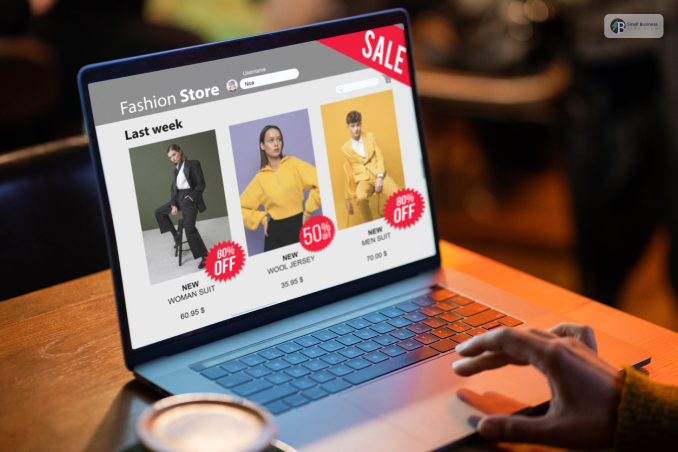
The future of retail media is promising and definitely one of the most promising to date. Global spending on retail media is projected to reach almost 140 billion dollars by 2027, making it one of the fastest-moving segments in digital marketing.
Essentially, it is not about sheer size alone, but about smarter, more personalized ads.
Artificial Intelligence or AI
Artificial intelligence (AI) is a significant part of this. AI-based technologies now predict what buyers might like even before they look for it, resulting in extremely accurate targeting.
Programmatic Advertising
Programmatic advertising, for instance, is gaining popularity; it allows brands to automatically adjust bids and placements in real time to achieve the highest ROI.
Omnichannel Retail Media
Omnichannel retail media is another significant trend, characterized by the merging of online and offline experiences.
Just picture it: you are viewing an ad on the internet, and you walk into the store where you see the same product advertised on the digital screen inside; it is very smooth and unforgettable.
Retail media, however, will not be limited to eCommerce titans in the future. From grocery apps to corner stores, any retailer with customer data and an audience can transform itself into a media network.
Common Pitfalls to Avoid in Retail Media Advertising
Retail media campaigns offer an excellent opportunity for marketers and deliver amazing results for those who know how to use them.
Unfortunately, there are a few mistakes that marketers often make when trying to be effective.
If these mistakes were known beforehand, marketers would build campaigns that are more intelligent and effective.
The following are some of the most common pitfalls that marketers face and ways to avoid them:
Ignoring data insights: Retail media is basically data-driven. Not using performance reports or audience data means the marketer misses out on valuable targeting opportunities. Always monitor metrics like ROAS and CTR to fine-tune your campaigns.
Focusing only on one retailer: Be it Amazon, Walmart, or Instacart, no matter the retailer, each digital ad platform has its own audience.
Therefore, if a marketer works with only one retailer, they will not only have limited reach but also a smaller audience.
Hence, allocate your budget across networks like Amazon, Walmart, and Instacart to reach a larger audience.
Poor creative content: Retailers often lose a significant share of their audience because their visuals don’t match the quality of their products.
Low-resolution images or vague product descriptions can affect click-through rates. So pitch good visuals and short copy.
Skipping optimization: Running one ad forever won’t work. Always test different keywords, bids, and placements to keep the ad effective.
Ignoring mobile shoppers: More than half of retail media traffic now comes from mobile users. Make sure your ads are clear and load quickly when displayed on a mobile phone.
Those who avoid these mistakes will inevitably find their retail media campaigns remain powerful and highly effective even after a long period.
How to Get Started with Retail Media Advertising
Retail media advertising can be a lot to take in at first, but once you understand the process, it gets easier.
Prioritizing the journey by beginning with a small campaign, keeping the focus, and letting data dictate the moves is the key to success.
To kick off this process, just follow these steps:
Set specific objectives: Name a few targets that you cannot/can save, more sales, brand recognition, or retention of customers. Marketing objectives are a great guide to the right channel and ad type.
Choose your channel: Focus on just one or two primary ad networks, such as Amazon Ads or Walmart Connect, to begin with.
Instacart and Kroger’s networks are ideal choices if your merchandise falls under grocery or household products.
Profile your audience: Analyze retail data to identify who buys similar products, and customize your ad messaging to their preferences.
Devise compelling product presentations: Make your products stand out with top-notch photos, clear explanations, and relevant keywords.
Spend your money smartly: test with a small budget, evaluate the outcomes, then expand on what worked best.
Monitor and fine-tune: Check metrics like ROAS and conversion rate regularly to adjust your campaigns.
Starting with these basics will not only give you the confidence you need but also help you steadily grow your presence in retail media.
Frequently Asked Questions
Retail media advertising is a form of digital advertising in which retailers use their own platforms. They also use the first-party shopper to sell ad space to the brands.
Retail media advertising differs significantly from traditional advertising. The marketers can place ads directly on a retailer’s platform.
They also use the retailer’s first-party data for precise targeting and reaching consumers at the point of purchase.
Retail media advertising uses various platforms such as Amazon, Walmart, Connect, and Target’s Roundel.
These are the large retailer workers who can strongly leverage their first-party customer data to show ads on thier websites and applications.
You can measure the success of the retail media just by tracking the key indicators or KPIs such as,
Return on Ad Spend or ROAS
Conversation rate
Incremental lift
As for the holistic view, you can also consider the customer-centric metrics such as new-to-brand rate, repeat purchase behaviour, customer lifetime value, or CLV, and engagement metrics such as click-through rate or CTR.
Yes, retail media advertising can be really effective for all kinds of small businesses.
A typical budget for a retail media advertising campaign ranges from 5% to 12% of gross revenue for aggressive, high-growth companies.






